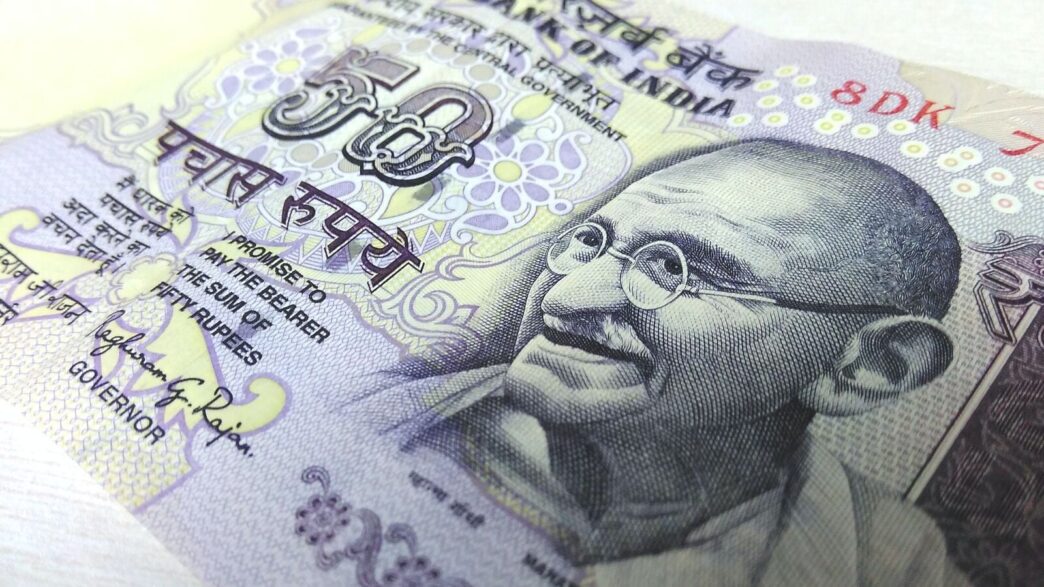If you have recently applied for a personal loan, or planning to apply for one, remember that your actual EMI could be slightly larger than the principal and interest amount. Although this is not something you would have expected – you are disbursed slightly lower amount than the loan amount.
Each bank charges a small percentage of loan in form of processing charges. This could even be 2 percent of loan which is deducted from the amount of loan disbursement. These are some of the hidden charges which banks will not tell you about
List of hidden charges
Processing fees: Banks charge 1 per cent to 3 per cent of the loan amount as a processing fee.
Insurance charges: Banks also include a loan protection insurance to cover repayment risks. This is not mandatory, but banks tend to include it in the loan as a default option and the applicant is supposed to unselect it to remove it.
Prepayment or foreclosure charges: If you repay your loan before the tenure ends, banks may charge a prepayment penalty (typically 2 per cent to 5 per cent of the outstanding loan amount). Some banks allow part-prepayment after a certain period but may still impose a fee.
It is noteworthy to mention that RBI has released a draft circular to prevent banks from imposing these charges in case of floating interest loans.
Late payment penalty: If you miss an EMI, a late payment fee is charged (around 2% to 4% per month on the overdue EMI). This can significantly impact your credit score.
EMI Bounce Charges: If your EMI payment fails due to insufficient funds, banks charge ₹500 to ₹1000 per bounce, plus GST. Some banks may also add penal interest on the overdue amount.
Loan cancellation charges: If you decide to cancel the loan after sanction, some banks charge a loan cancellation fee (often around ₹1000 to ₹3000).
Documentation charges: Some banks tend to charge ₹500 to ₹2000 as documentation or agreement signing fee.
Loan conversion: If you ask for a change in loan tenure or switch to a lower interest rate, banks may charge a conversion fee (which could be nearly 0.5 per cent to 2 per cent of the outstanding loan amount).
Stamp duty and legal charges: Banks also charge stamp duty for loan agreements which varies from state to state. Some banks also impose legal charges for loan verification.
(Note: Raising a loan comes with its own risks. So, due caution is advised)












